
 Instagram
Instagram

Related products
What’s covered?
An overview;
The coil is a small T-shaped birth control device called an intrauterine device (IUD), also known as an intrauterine contraceptive coil, which is put into the uterus to prevent conception.
One type of long-acting reversible birth control is the IUD. The most effective birth control device is the IUD and other contraceptive implants.
Both adolescents and women who have never given birth before can safely and effectively use IUDs. Even after extensive use, fertility returns to normal quickly once an IUD is removed. It helps to prevent pregnancy.

How does the coil work?
IUDs mainly function by avoiding conception. To keep sperm from reaching the fallopian tubes, the progestogen delivered by hormonal IUDs primarily thickens the cervical mucus. IUDs may also prevent ovulation from happening. However, this only happens partially.
IUDs made of copper do not contain any hormones but instead emit copper ions that are harmful to sperm and can't fertilise eggs. Additionally, they lead to the production of fluid that is poisonous to sperm and contains white blood cells, copper ions, enzymes, and prostaglandins in the uterus and fallopian tubes.
Types of coils
There are two main types of coil.
1. Non-hormonal or copper coil;
The majority of copper IUDs contain copper collars or a T-shaped frame that is wrapped in pure electrolytic copper wire. The IUD is held in place by the arms of the frame close to the top of the uterus. The side effects you might experience on the coil depend on whether you are using the copper coil (IUD) or the hormonal coil (IUS).
- Side effects of the IUD (copper coil);
The IUD can cause changes in your periods, with some women experiencing longer or heavier periods. The copper coil (IUD) is made with plastic and copper, while the hormonal coil (IUS) contains progestogen, a synthetic version of the hormone progesterone.
In addition to being used for regular contraception, the copper coil can also be used as emergency contraception if the coil is fitted within five days of unprotected sex. Find out more about the IUD as emergency contraception.
- How does the copper coil work?
The copper coil works by releasing copper, which is a contraceptive. They function by harming sperm and impairing their motility, preventing them from joining a fertilised egg and preventing pregnancy. By raising the concentrations of copper ions, prostaglandins, and white blood cells in the uterine and tubal fluids, copper specifically functions as a spermicide within the intrauterine system (IUS).
2. Hormonal coil;
Levonorgestrel, a progestin, is released in modest doses via a hormonal coil (also known as intrauterine systems in the UK). Each variety differs in size, duration, and levonorgestrel release.
The main method of action is to render sperm unable to live inside the intrauterine system. Although this is not their typical purpose, they can also thin the uterine lining and potentially prevent implantation.
Insertion and removal of the coil;

Insertion of the coil;
A speculum is used to locate the cervix during the insertion procedure. A tenaculum is then used to pinch the cervix and stabilise it open before the IUD is inserted into the uterus using an insertion device. The cervix is penetrated by the insertion device. If the operation is simple, it should just take five to ten minutes to complete.
The IUD is placed immediately after the placenta has been removed from the uterus for quick postoperative implantation. Following delivery, the uterus is bigger than usual, which has significant ramifications for insertion.
After vaginal deliveries, insertions can be completed manually or with the use of placental forceps, a lengthier inserter designed specifically for postpartum insertions, or a longer inserter. The copper device can be inserted correctly by a doctor or nurse in sexual health clinics.
Coil removed;
Because no device needs to pass through the cervix during the removal, it is straightforward and reportedly less painful than the insertion. Using a speculum, the medical professional must locate the cervix before grabbing the IUD strings with ring forceps that can only enter the vagina and pull it out.
Side effects of the coil inserted;
- Ectopic pregnancy
- Sexually transmitted infections
- Pelvic infection
- Painful periods
- Irregular monthly menstrual cycle
- Lower abdomen pain
- Smelly discharge
- Interrupt sex
- Unexplained bleeding
- Small risk of breast tenderness
At Welzo, we offer a range of contraceptive options, to learn more about birth control, see our Contraception information page here.
Contraceptive pills & services
- Contraceptive treatment
- Buy rigevidon
- Buy Yasmin combined contraceptive
- Buy Cerazette
- Buy Mercilon
- Buy Cerelle
- Buy EllaOne emergency contraceptive
- Buy Triadene
- Buy Qlaira
- Buy Synphase
- Buy Sunya
- Buy Norgeston
- Buy Levonorgestrel
- Buy Ovranette
- Buy Femodette
- Buy Dretine
- Buy Levonelle
Contraception articles
- Is the morning after pill free?
- Can I get over the counter birth control pills?
- What are the benefits of the progesterone-only pill?
- What's The Difference Between The Combined Pill And The Mini Pill?
- When to take the morning-after pill?
- Natural Contraception Methods
- IUD Coils Explained
- Contraceptive vaginal rings explained
- What is a diaphragm contraceptive?
- What contraceptive is best for me?
- How does the contraceptive pill work?
- What is coil contraception?
- What are contraceptive injections?
- Is it safe to take contraceptives?
- What is the most effective form of contraception?
- Are contraceptive implants safe?
- Are birth control pills safe in the long run?

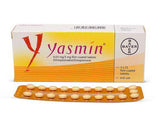
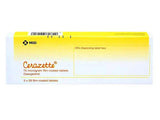
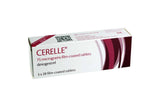

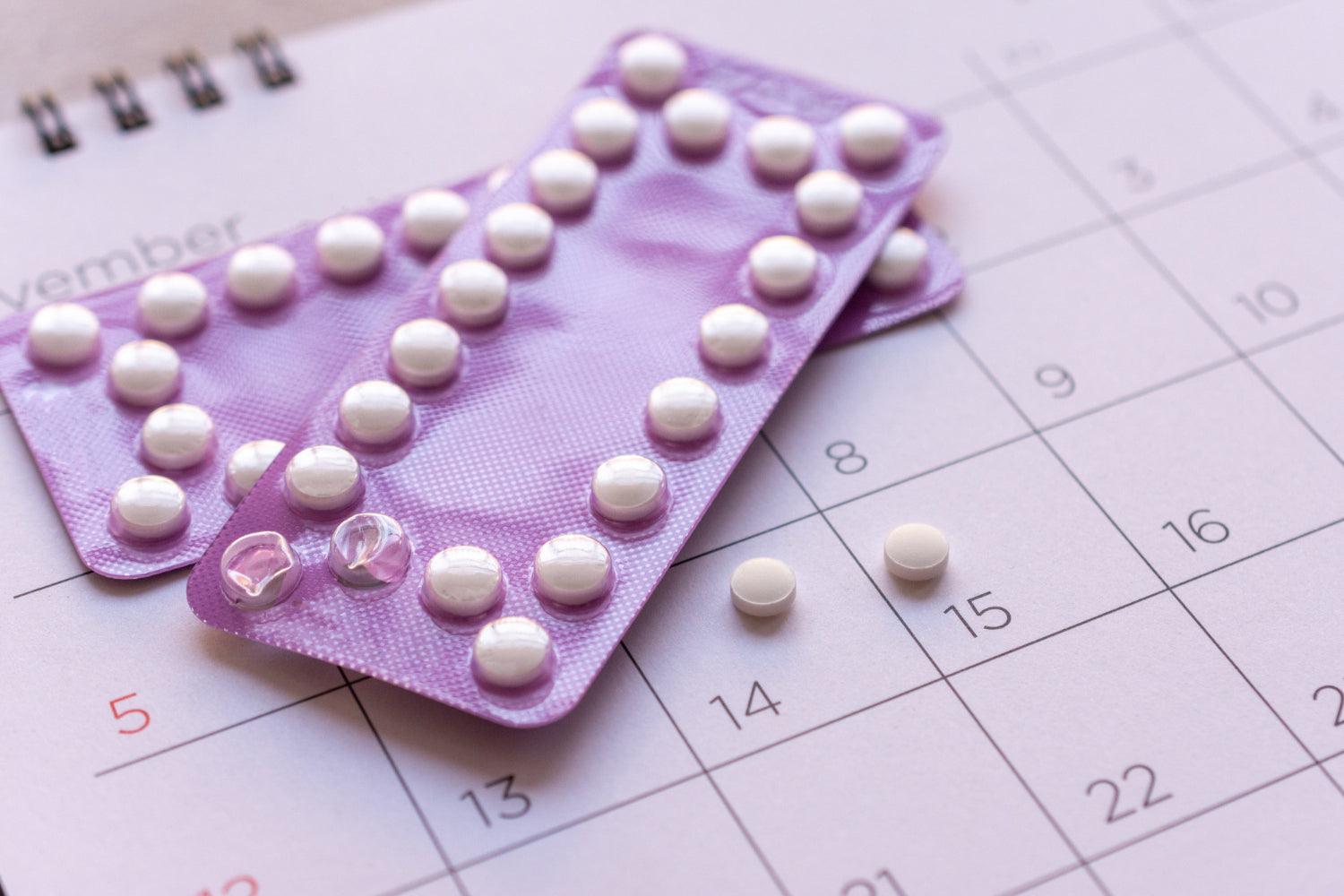

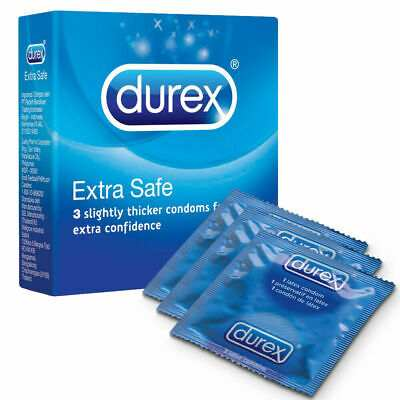


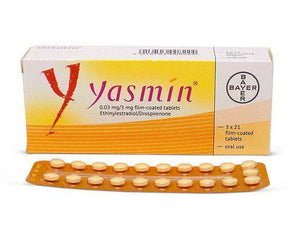
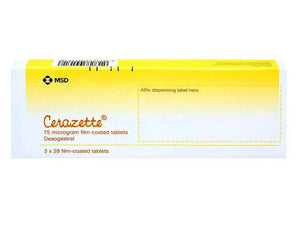
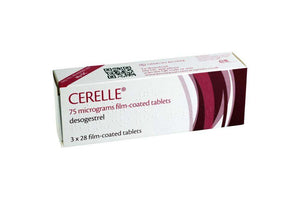



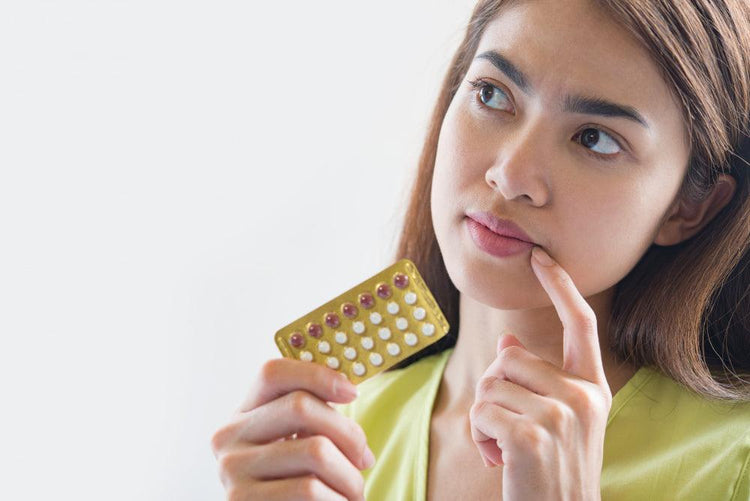
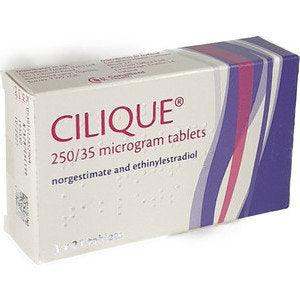
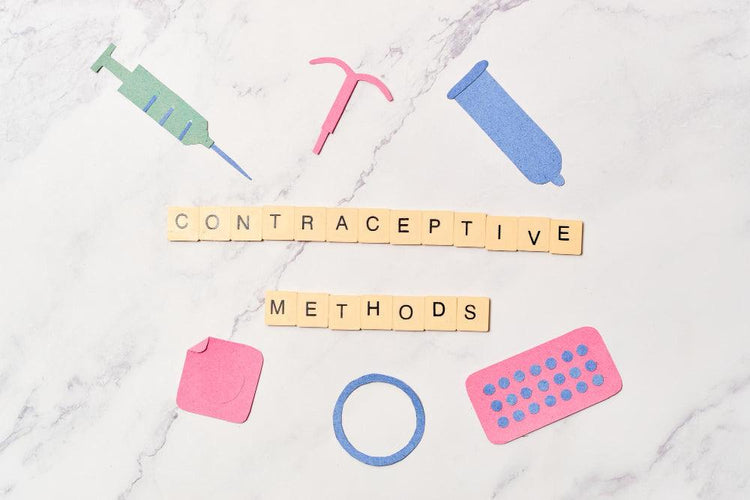

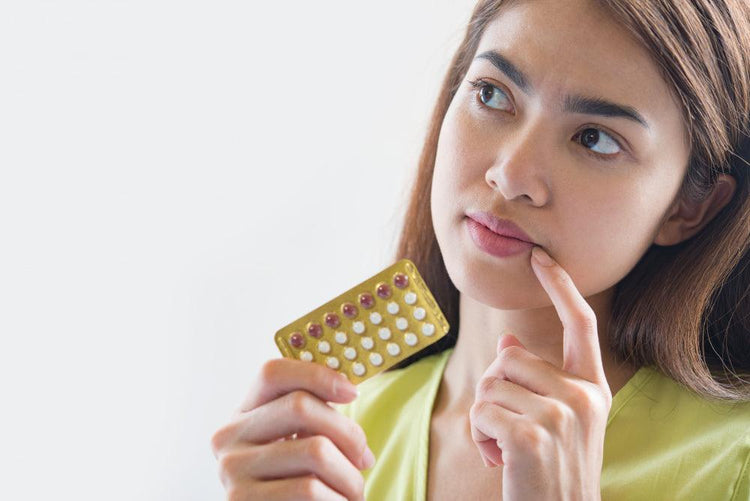
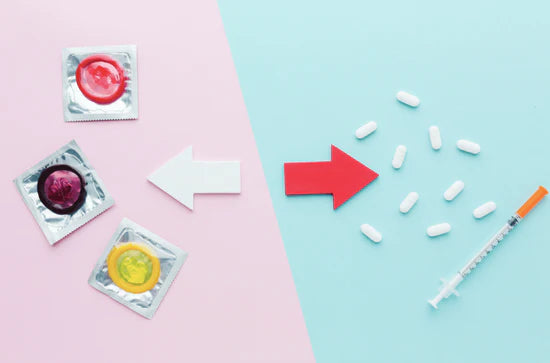

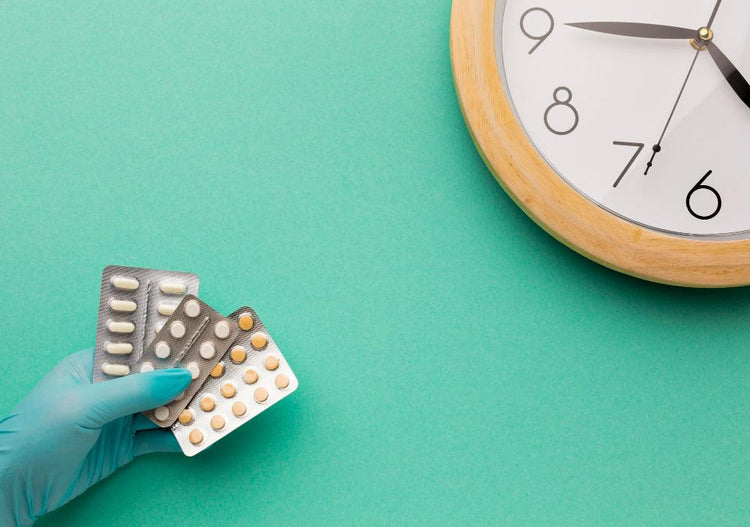
 Rated Excellent by 26,523+ Reviews
Rated Excellent by 26,523+ Reviews